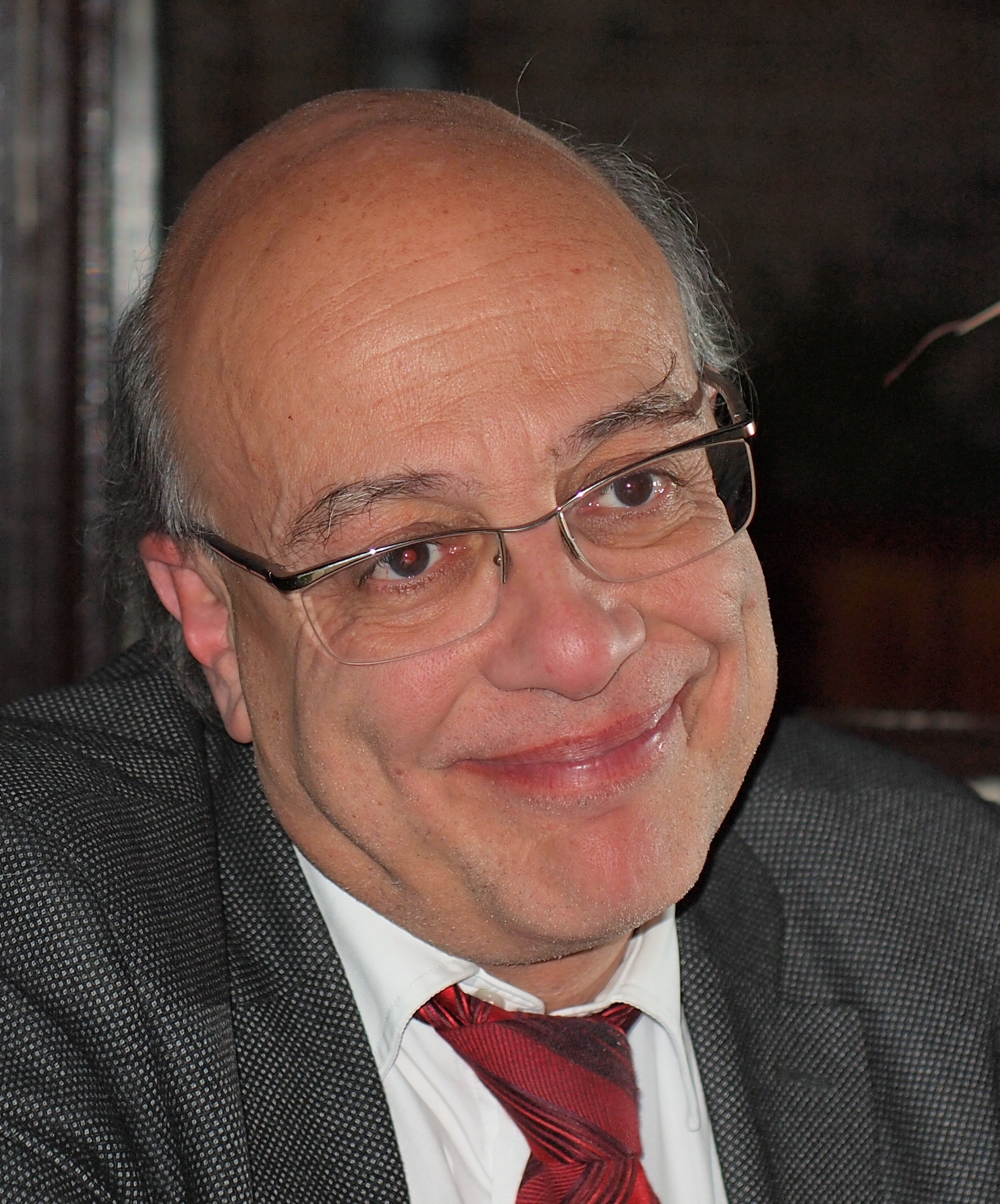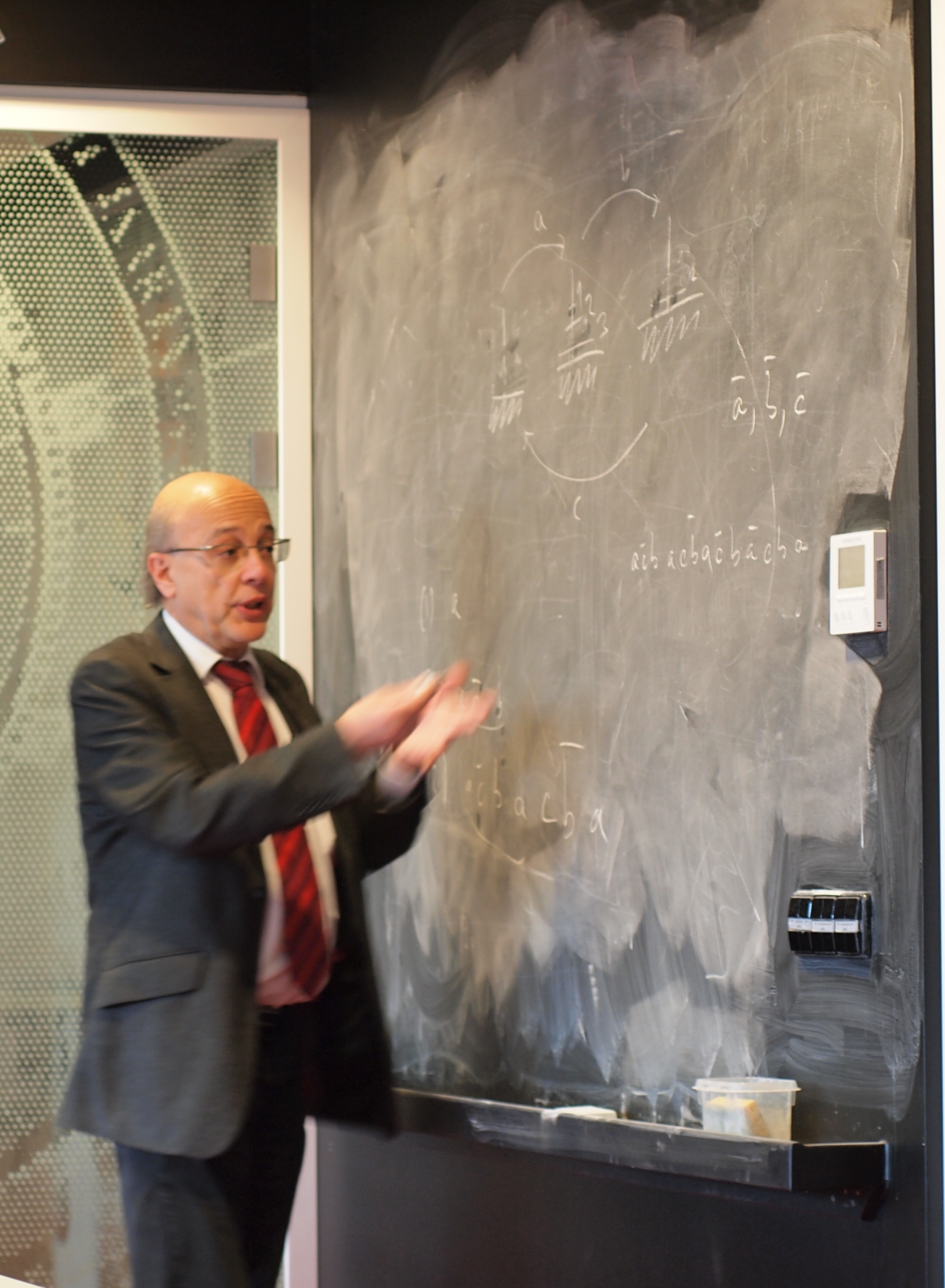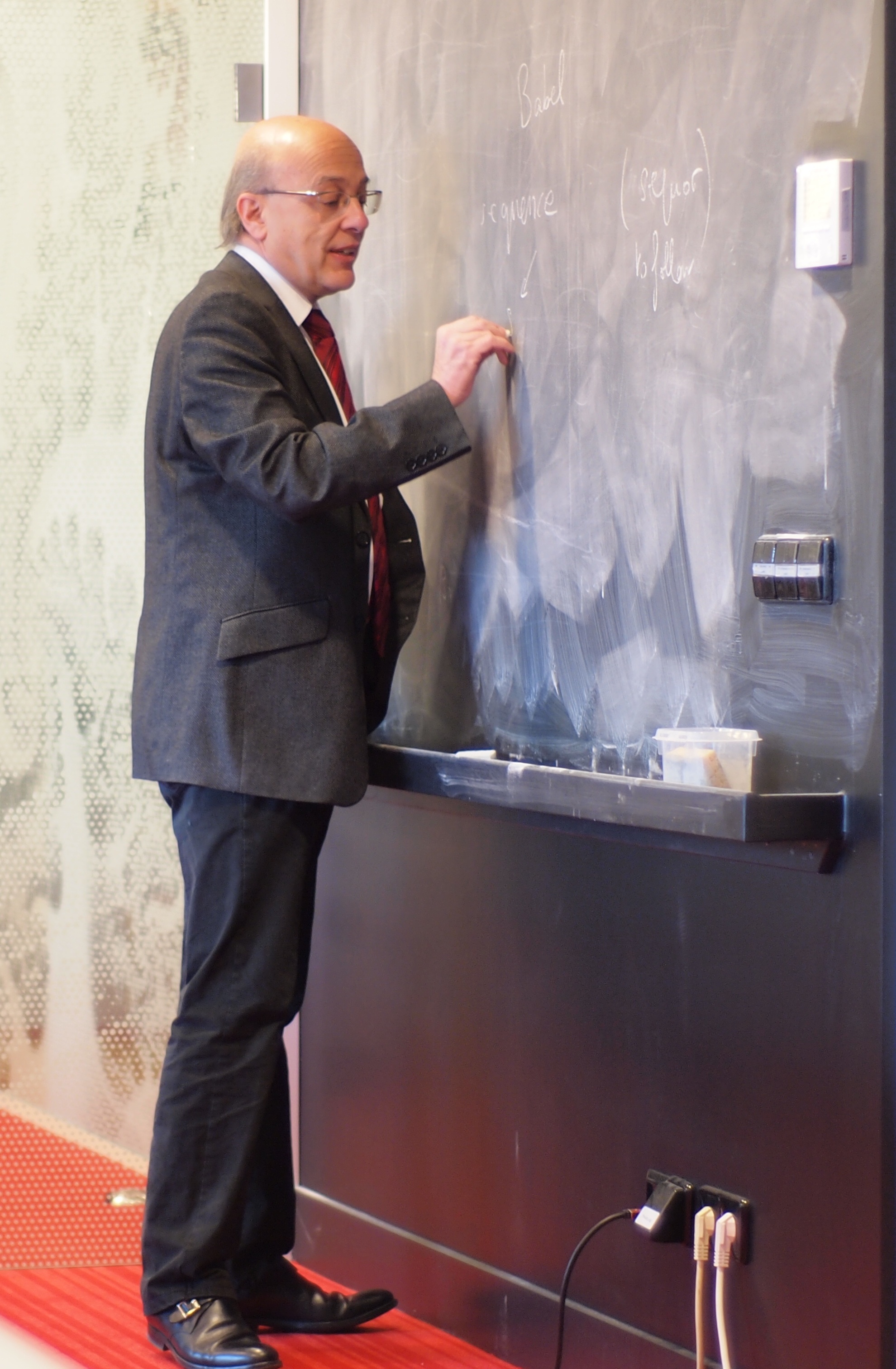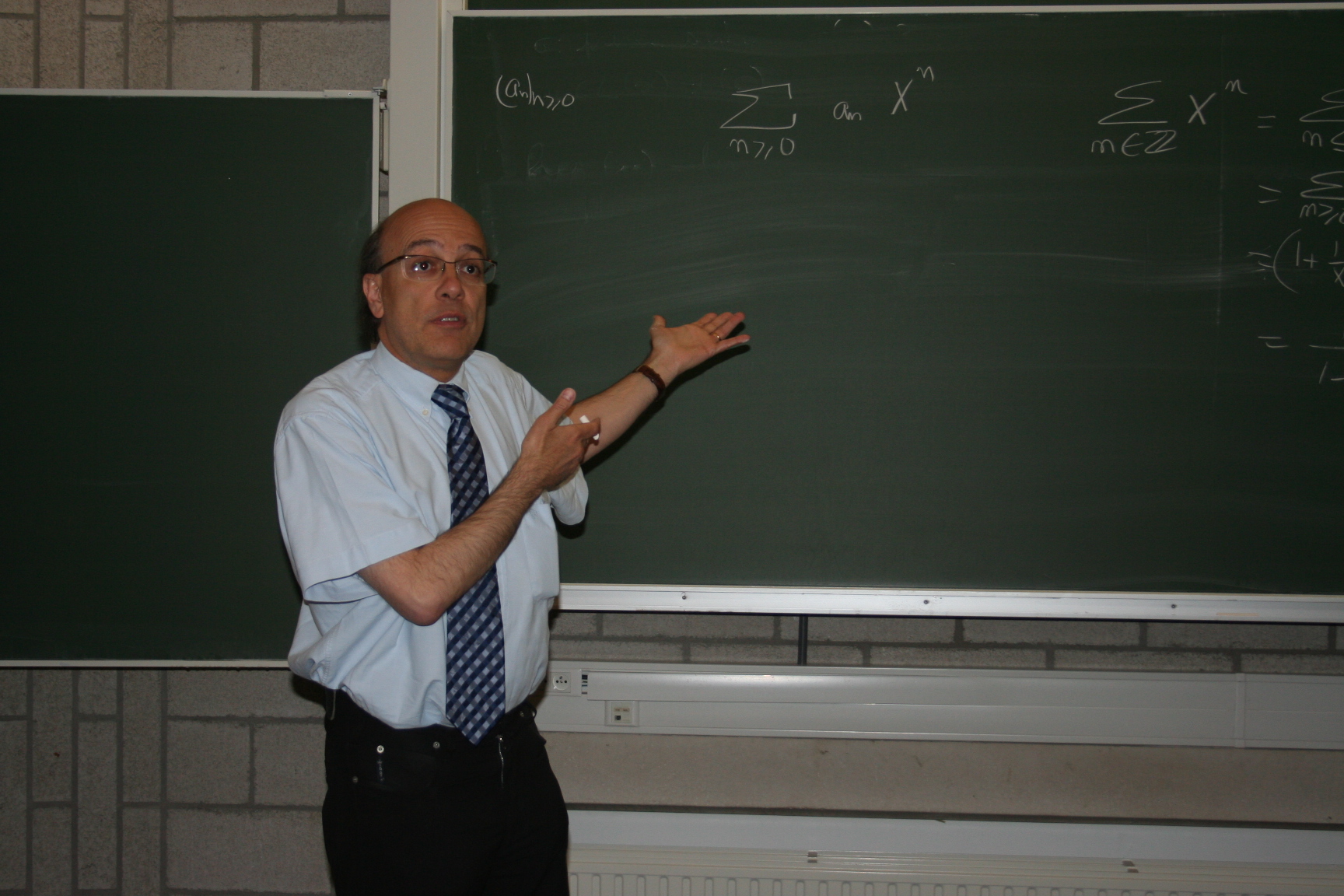



Jean-Paul Allouche was born March 2 1953 in Batna, Algeria, the son of French civil servants. In 1962, he emigrated with his parents to France, where he was a student in Tours. He attended the École Normale Supérieure de Saint-Cloud from 1972 to 1976, and completed his Thèse de troisième cycle in mathematics at Orsay in 1978, under the direction of Yves Meyer. Later, he studied under Michel Mendès France and completed the Thèse d'État in mathematics at Bordeaux in 1983.
His work is very broad and he has published papers in number theory, algebra, dynamical systems, topology, statistical mechanics, combinatorics, automata theory, and other areas.
He has held positions at Bordeaux, at Luminy, at Orsay, and is currently Directeur de Recherche (première classe) in mathematics at the CNRS, Université Paris 6, where he is Director of the Combinatoire et Optimisation group.
He has supervised nine graduate students: Oliver Salon, Emmanuel Cateland, Bernard Randé, Philippe Dumas, Valérie Berthé, Michel Koskas, Morteza Mohammed-Noori, Julien Albert, and Xavier Lebreton.
He has published over a hundred research papers in mathematics (with over 60 co-authors), as well as popular articles about mathematics and the relationship between mathematics and art, music, and electronic publishing. He has written one book: Automatic Sequences, with J. Shallit, published by Cambridge University Press in 2003, which has over 700 citations in the literature.
Jean-Paul has served as the editor of several different journals, including the Journal of Integer Sequences.
He is probably best known for his work on automatic sequences and related topics. In his Thèse d'État, he proved, among other things, that the sum of the base-k digits of the values of a polynomial p, considered modulo m, is computable by a finite automaton if and only if either p is of degree ≤ 1 or m | k-1.
His influential 1987 article, "Automates finis en théorie des nombres", which appeared in Expositiones Mathematicae, has received over 125 citations, and introduced the subject to a wide audience.
Another influential article was "Sur la transcendance de la série formelle Π", which appeared in 1990. This demonstrated the application of the theory of automatic sequences to the theory of transcendence in finite characteristic, an approach that since has been used by Berthé, Thakur, and others, and made automata into a standard tool for this area.
Let us also mention his important contributions in establishing transcendence results for real numbers whose expansions (in base b or as continued fractions) contain a small number of factors, inspiring later work by Adamczewski, Bugeaud, and others.
Among the other concepts he either invented or helped to popularize are: k-regular sequences, the Tower of Hanoi, palindrome complexity, automatic Ising chains, subword complexity, and Hankel determinants.
Jean-Paul is widely known as an enthusiastic and inspiring lecturer. He has given dozens of invited talks, in French, English, and German.
In this special issue we honor Jean-Paul Allouche, on his 60th birthday, for his many contributions to number theory, automata, and theoretical physics.
The papers in this volume were solicited from Jean-Paul's many friends, colleagues, and students. All papers underwent the normal refereeing process, and were handled by editors Valérie Berthé and Jeffrey Shallit.